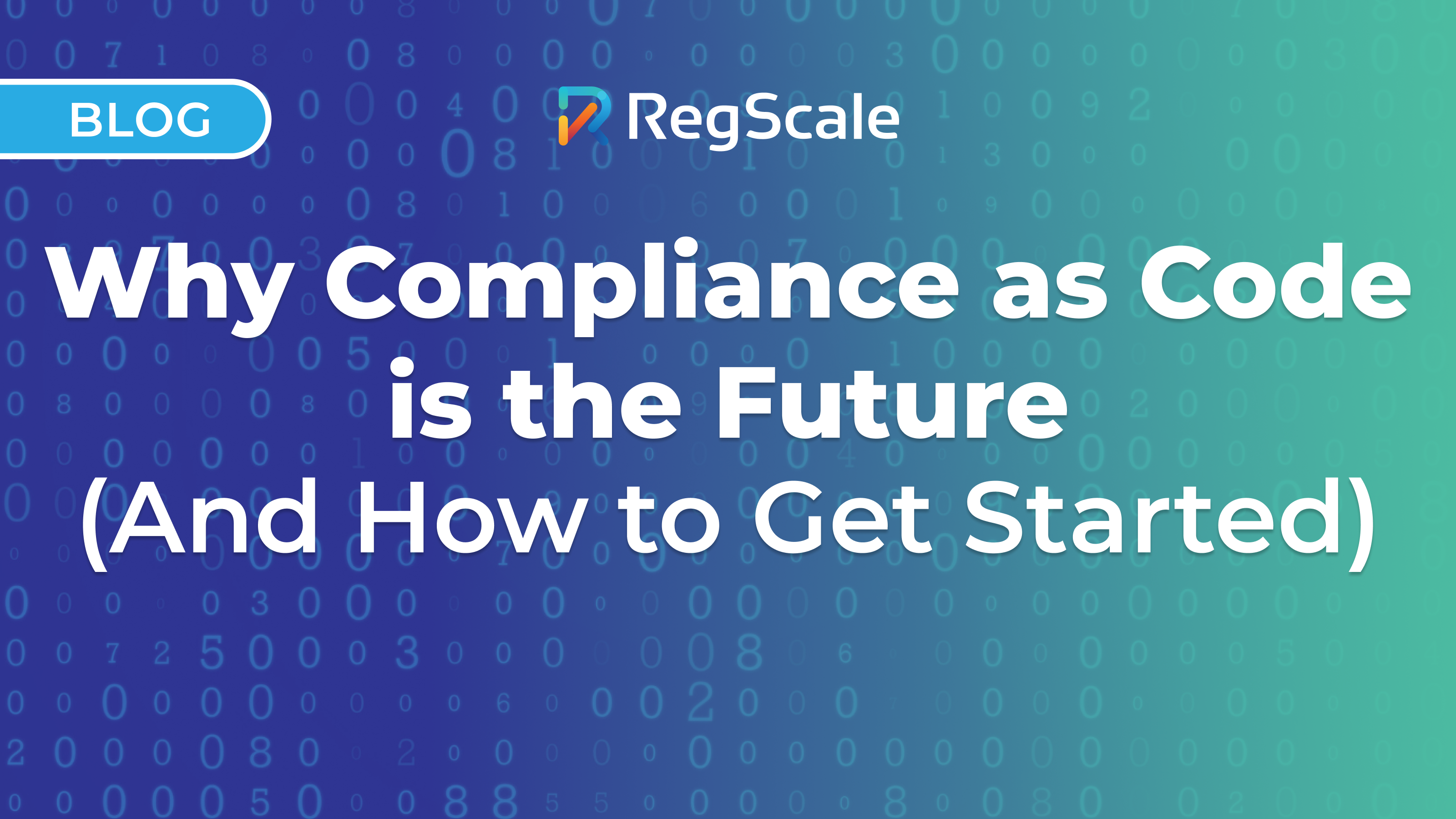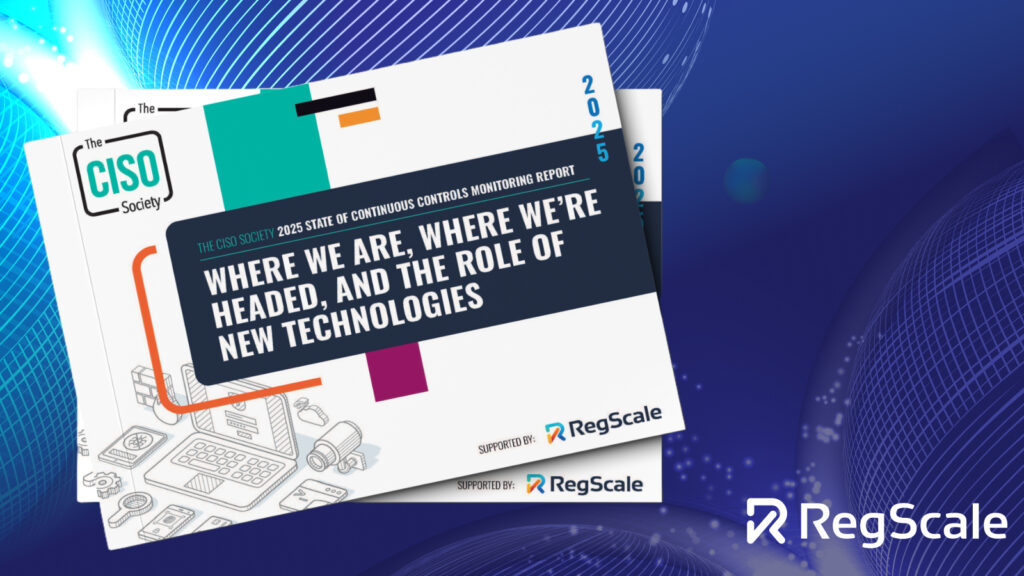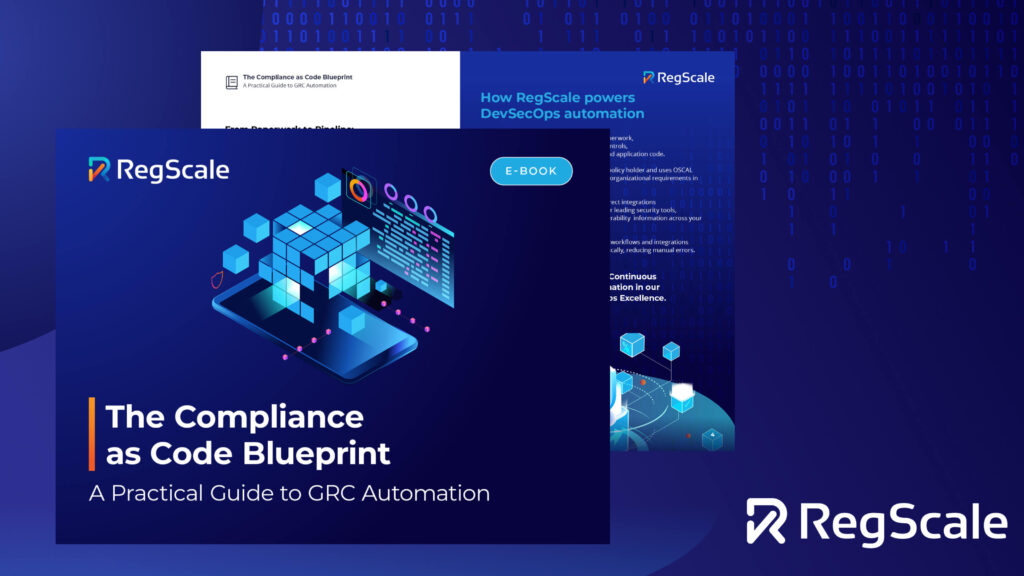Why Compliance as Code is the Future (And How to Get Started)

If you’ve ever managed enterprise compliance, you know the drill all too well. It’s the night before the audit deadline and you’re drowning in spreadsheets, frantically gathering evidence. It’s 2025 — but you feel like you’re still doing compliance like it’s 1999.
You’re not alone. Organizations are burning countless hours on reactive processes, treating compliance like a documentation problem instead of what it really is: an engineering challenge.
Luckily, it doesn’t have to be this way.
Enter compliance as code: the process of embedding your policies, controls, and audits directly into your infrastructure and application code. Compliance as code offers a solution to the problem of manual, reactive GRC. It provides continuous audit readiness with minimal overhead, faster release velocity, and developers who can finally focus on building better systems instead of filling out forms.
The benefits are hard to ignore: improved productivity, real-time compliance verification, and the ability to catch issues early in the development cycle when they’re cheaper and easier to fix. But our 2025 State of Continuous Controls Monitoring Report found that only 46% of CISOs have started implementing compliance as code.
If you’re in the other 54%, this article is your roadmap to catching up (and getting ahead).
What is Compliance as Code, Really?
Essentially, compliance as code means automating your compliance policies, controls, and audits by embedding them directly into your infrastructure and application code. Instead of manual spreadsheets that break if you look at them wrong and reactive audits that happen after problems emerge, you get automated compliance checks built right into your CI/CD pipeline.
With compliance as code, your code gets tested for compliance the same way it gets tested for bugs: continuously, automatically, and before it ever reaches production. Issues get flagged immediately, not months later during an audit.
The practical impact is substantial. You build better applications, reduce security risks, spot vulnerabilities quickly, and resolve issues when they’re cheaper to remediate. Your staff will thank you, too: Your developers stop context-switching between building features and hunting down compliance evidence, and your security team stops playing whack-a-mole with vulnerabilities. Meanwhile, your auditors get real-time visibility instead of stale documentation.
This isn’t just theory. It’s a fundamental shift in how modern organizations approach governance, risk, and compliance: treating it as an engineering problem with engineering solutions rather than a paperwork exercise with paperwork solutions.
The Secret Sauce: OSCAL and OCSF
Now for some technical talk. You can’t automate compliance without a common language, and choosing the right one is key to minimizing manual work.
That’s where NIST’s Open Security Controls Assessment Language (OSCAL) comes in. As a scalable, standards-based approach to real-time security assessments, OSCAL is the universal translator for compliance. It standardizes input into machine-readable formats like XML, JSON, and YAML.
OSCAL makes it possible to automatically process the language used to document, implement, and assess security controls. Once your controls are expressed in a format machines can understand, you can track changes in Git, feed them directly into your automation pipeline, and let your systems do the heavy lifting. No more manually copying and pasting control descriptions into different documents. No more version control nightmares.
But OSCAL doesn’t work alone. The Open Cybersecurity Schema Framework (OCSF) simplifies data exchange, creating a common language for assets, vulnerabilities, threats, tickets, configurations and more. It’s the bridge that connects your ticketing systems, vulnerability scanners, and SIEMs to your compliance framework, converting raw telemetry into structured compliance outputs.
Our industry-first OCSF-to-OSCAL translator and integration-rich platform are the final piece of the puzzle, allowing the languages to work together and turning the theory behind compliance as code into operational reality.
How to Shift Left: The Three-Step Framework
When it comes to actually operationalizing compliance as code, the right approach is key. We explain the six core steps in our detailed eBook, The Compliance as Code Blueprint — but we’ll also share a simplified version here.
Step 1: Establish Baselines & Attest to Controls
First, use OSCAL profiles to establish your control baselines and map them across frameworks for operational efficiency. Then, document your control implementations. This is where AI can accelerate the process significantly, helping you create machine-readable versions of your compliance policies that integrate directly with your existing DevOps tools. The goal is to monitor and enforce compliance without creating extra work for your developers.
Step 2: Connect to Continuous Monitoring & Normalize
Next, leverage OCSF and APIs to pull run-time, operational data in near real-time. This gives you visibility into how your systems and applications are actually executing and how they’re secured throughout the entire development lifecycle. After that, you’ll be able to create a baseline of your compliance and risk posture to understand trends over time and make business decisions based on current information rather than stale snapshots.
Step 3: Assess & Shift Left
Finally, you’ll begin to validate completeness and quality in minutes, not weeks. When regulators come knocking, you’ll be always audit-ready. By leveraging the Software Bill of Materials (SBOM) to monitor every software build as it progresses through your CI/CD pipelines, you’ll gain full visibility of your risk and compliance posture from start to finish, code to cloud.
The result? Issues get caught and fixed earlier when they’re cheapest to address, your risk exposure windows shrink dramatically, and your development velocity increases.
The financial impact can be staggering. One federal software factory saved $100,000 per month by implementing compliance as code, showing a complete transformation in how organizations can create business value.
The Future of Compliance Isn’t More Paperwork; It’s Better Code
By now, it should be clear that compliance as code represents a fundamental shift in how organizations approach governance, risk, and compliance. Instead of treating compliance as a burden that slows you down, it enables continuous audit readiness and becomes an integrated part of how you build and deploy software.
The results speak for themselves. Take the global telecommunications company that was drowning in scattered tools and compliance blind spots. By integrating compliance as code into their CI/CD pipeline, they saved $1.8 million and 2,000 person hours in just the first year. More importantly, they transformed how they work: finding and remediating compliance and vulnerability issues earlier in the development process, minimizing delays, and increasing both the quality and velocity of software delivered to customers.
Ready to shift left and transform how your organization approaches compliance? The tools, standards, and proven frameworks are here. All that’s missing is your first step.
Ready to get started?
Choose the path that is right for you!
Skip the line
My organization doesn’t have GRC tools yet and I am ready to start automating my compliance with continuous monitoring pipelines now.
Supercharge
My organization already has legacy compliance software, but I want to automate many of the manual processes that feed it.

